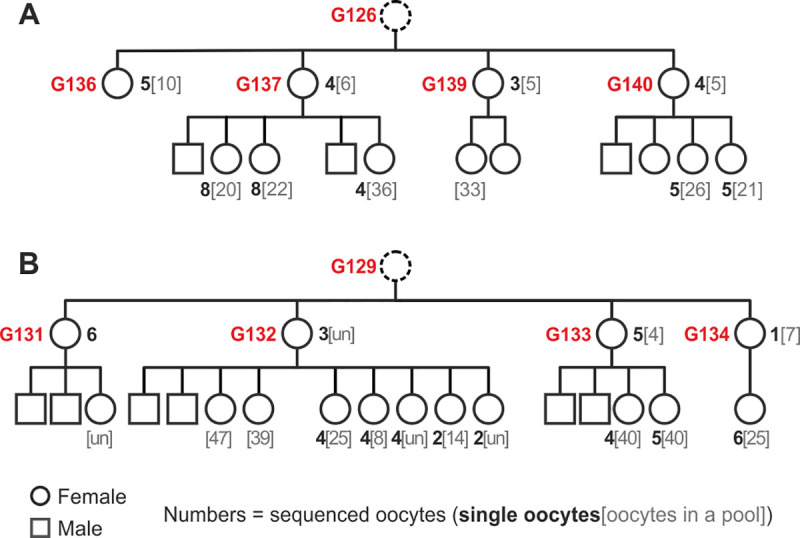Fig 1. Two mouse pedigrees included in the study.

At the time of sample collection, the age of the mothers was approximately 10 mo, whereas the age of the pups was approximately 20 d. Red numbers are individual IDs. Black numbers in bold indicate the number of single oocytes sequenced per individual, and gray numbers in parentheses indicate the number of oocytes included in a pool per individual (only one oocyte pool was included per individual). (A) Pedigree with four mothers (sisters: G136, G137, G139, and G140) and 11 pups. This pedigree is further referred to as G126, based on the ID of the grandmother (who was not included in the study). For simplicity, mouse G136 is also referred to as a mother despite her not having pups. Pups of G137 were born in two litters (S1 Table), separated by a large gap on the figure. (B) Pedigree with four mothers (sisters: G131–G134) and 17 pups. This pedigree is further referred to as G129. Pups of G132 were born in two litters (S1 Table). ID, identifier; un, unknown number of oocytes included in a pool.
